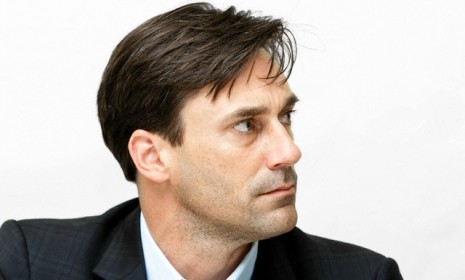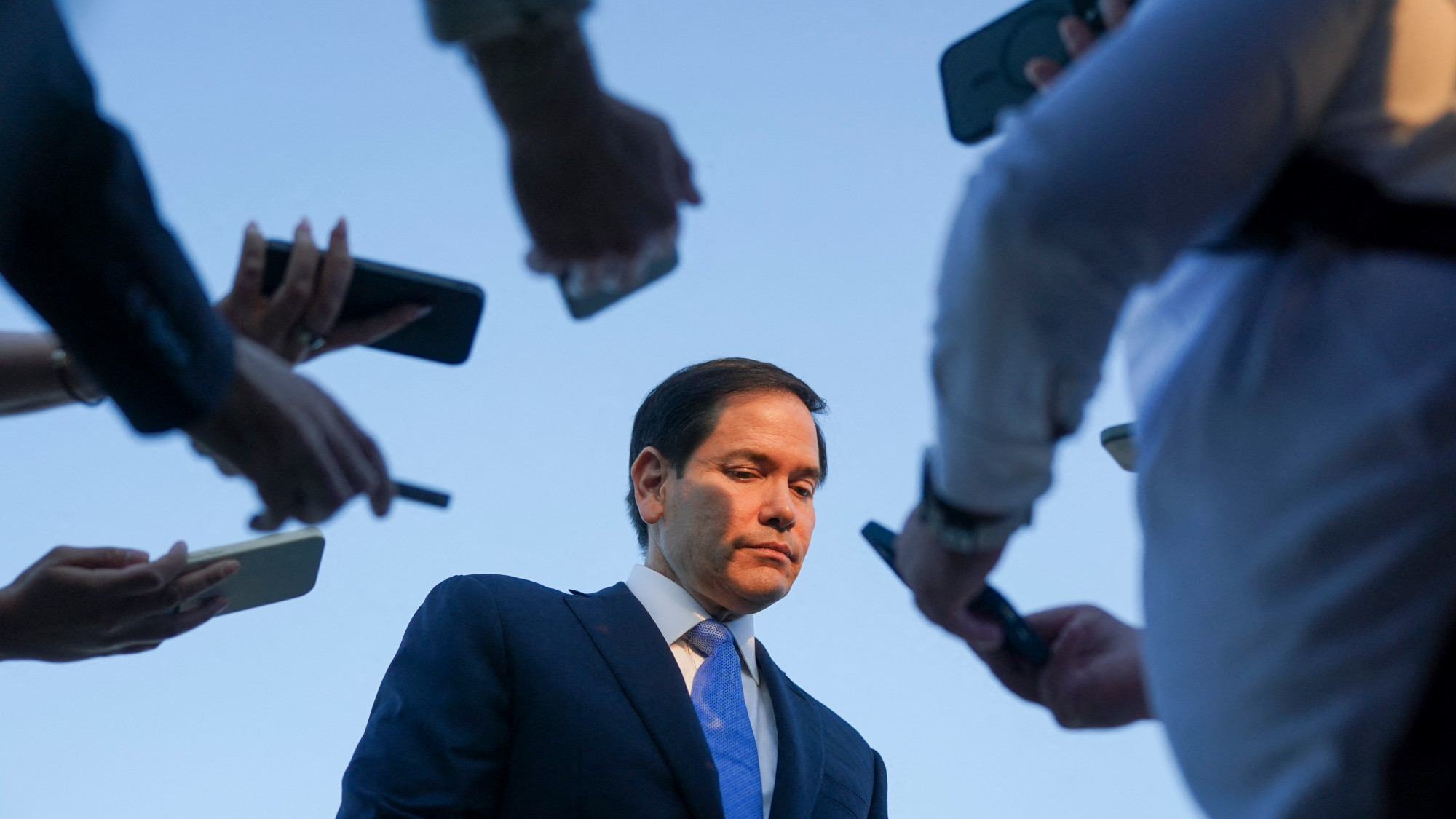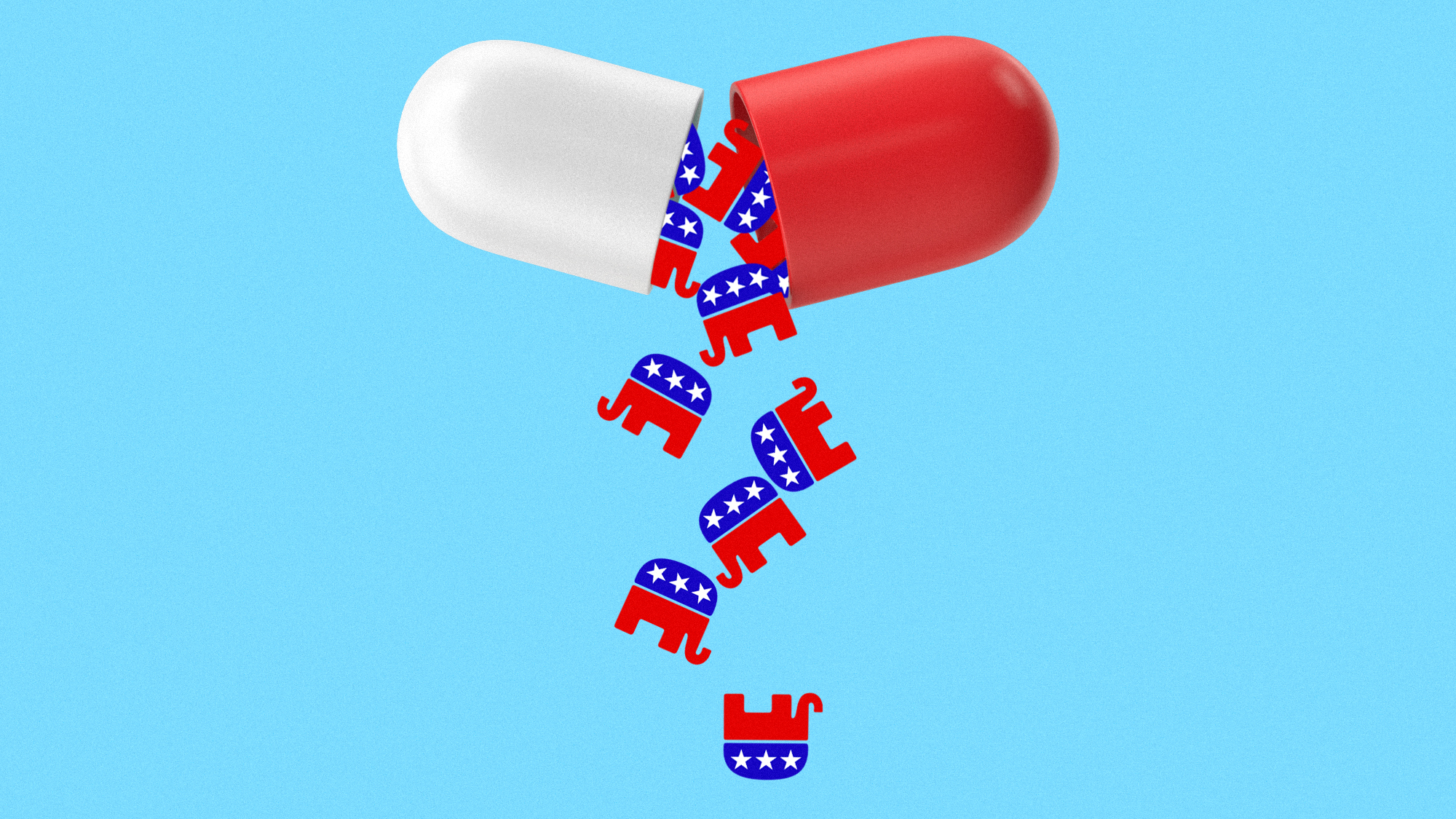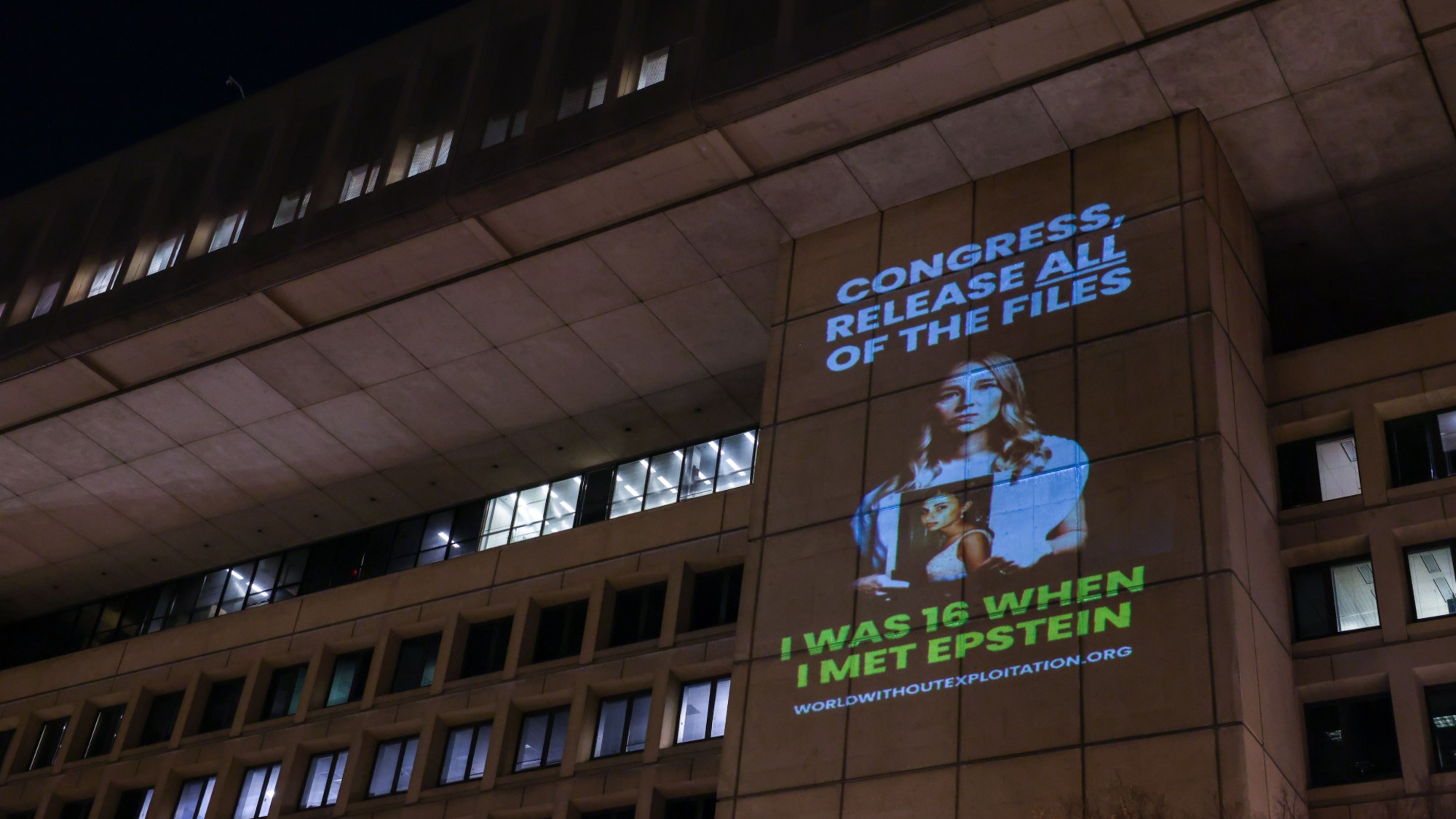Thinking about 'Mad Men': 5 most provocative essays
As the critically acclaimed show begins its fourth season, commentators discuss the diabolical nature of Don Draper, elaborate women's underwear of the era, and more

As it heads into its fourth season this Sunday, AMC's "Mad Men" isn't "just a cult favorite anymore," says Alessandra Stanley in The New York Times. It has emerged as "a cultural phenomenon much in the way 'The Sopranos' once was." And that means think pieces — lots and lots of think pieces. Here are five of the best recent ones: (Watch the cast discuss their high-profile fans)
"'Mad Men' shares a lesson on beauty"
While the early-60s misogyny "Mad Men" portrays often reminds us how far women have come in society, it also highlights some ways we've regressed, says Meghan Daum in the Los Angeles Times. Matthew Weiner, the show's creator, paid special care to cast women with bodies that would be believable for the era — "no ripped abs or fake breasts, no preternaturally white teeth." And, while the show's female characters are shaped by the architectural bras and girdles and stockings typical of the period, women today face tighter constrictions. "The post-feminist sensibility eschews such gear yet demands flat bellies; it prizes large breasts but also expects them to stand up miraculously." Today ulta-curvaceous Joan Holloway might feel compelled to rely on a plastic surgeon rather than an elaborate bra to keep her figure. At least in Joan's world, "no one bought into the notion that beauty was effortless."
The Week
Escape your echo chamber. Get the facts behind the news, plus analysis from multiple perspectives.

Sign up for The Week's Free Newsletters
From our morning news briefing to a weekly Good News Newsletter, get the best of The Week delivered directly to your inbox.
From our morning news briefing to a weekly Good News Newsletter, get the best of The Week delivered directly to your inbox.
"Is 'Mad Men' the new 'Sex and the City'?"
The "cultural similarities" between "Mad Men" and "Sex and the City" simply "cannot be ignored" says Sadie Stein in Jezebel. Like Carey Bradshaw and Co., "Mad Men" and its characters have become style icons, offer an "impressionistic vision of New York City" and inspire an interest in their drink of choice (old-fashioned, anyone?). On a deeper level, both shows have become crucibles for larger ideas, from feminism to masculinity. Even those who haven't watched are involved in the discussion, because "there's enough cultural saturation that we've come to feel a collective sense of ownership." It's not that the two shows are similar in and of themselves — quite the contrary — it's that "both have permeated the cultural consciousness in a special way that has ceased to be about the shows themselves and is more shorthand for cultural fluency."
"The secret of Don Draper's sex appeal"
Don Draper in the most appealing man on TV, says Natasha Vargas-Cooper in The Daily Beast. He's a perfect blend of some of old Hollywood's most irresistible and iconic leading men. Like Cary Grant, Don has "dark eyes, brown hair, strong jaw... a faint but permanent look of melancholy" and a "mutt past" that's "never fully exorcised." But his "masculine prowess" most resembles that of Clark Gable, whose "sexual charisma was an open challenge to women." Don also embodies a bit of Humphrey Bogart's dark "constant introspection," while his "sturdy, protective embrace" is pure John Wayne.
A free daily email with the biggest news stories of the day – and the best features from TheWeek.com
"Why 'Mad Men' is bad for women"
Having grown up in the 50s and 60s, I can appreciate the show's "frank and searing depiction of women's lives," but I'm starting to worry about the message it's sending today's young women, says Nelle Engoron in Salon. "Even as it depicts rampant sexism, the show sides with the men." While the series' male characters are deeply faulted — from lying, philandering Don to alcoholic, philandering Roger to raping, philandering Pete — they are depicted as sympathetic and well-rounded, and they rarely face the consequences of their actions. The show's women, however, are often portrayed with little sympathy, especially Betty, and "subjected to repeated humiliation and misfortune, which is invariably attributed to their own flaws and poor choices."
"The devil in Don Draper"
This season opens with, and continually focuses on, a single question: Who is Don Draper? The answer is simple, says Mary McNamara in the Los Angeles Times. He's the devil, or more precisely "Satan in a starched collar." Three seasons into the show, it's emerging that Don is neither an Everyman nor a sign of the changing politics of the 60s. "Don is morally bankrupt even by the standards of the period," and his character can be read as a charming, square-jawed devil. Wasn't Satan the original slick salesman, convincing Eve she really needed to take a bite of that apple? "In the end both the devil and Don Draper need to sell it big; neither one can create, he can only attempt to sway."
-
 Ukraine and Rubio rewrite Russia’s peace plan
Ukraine and Rubio rewrite Russia’s peace planFeature The only explanation for this confusing series of events is that ‘rival factions’ within the White House fought over the peace plan ‘and made a mess of it’
-
 Are Republicans going to do a deal on health care?
Are Republicans going to do a deal on health care?Today's Big Question Obamacare subsidies are expiring soon
-
 The powerful names in the Epstein emails
The powerful names in the Epstein emailsIn Depth People from a former Harvard president to a noted linguist were mentioned